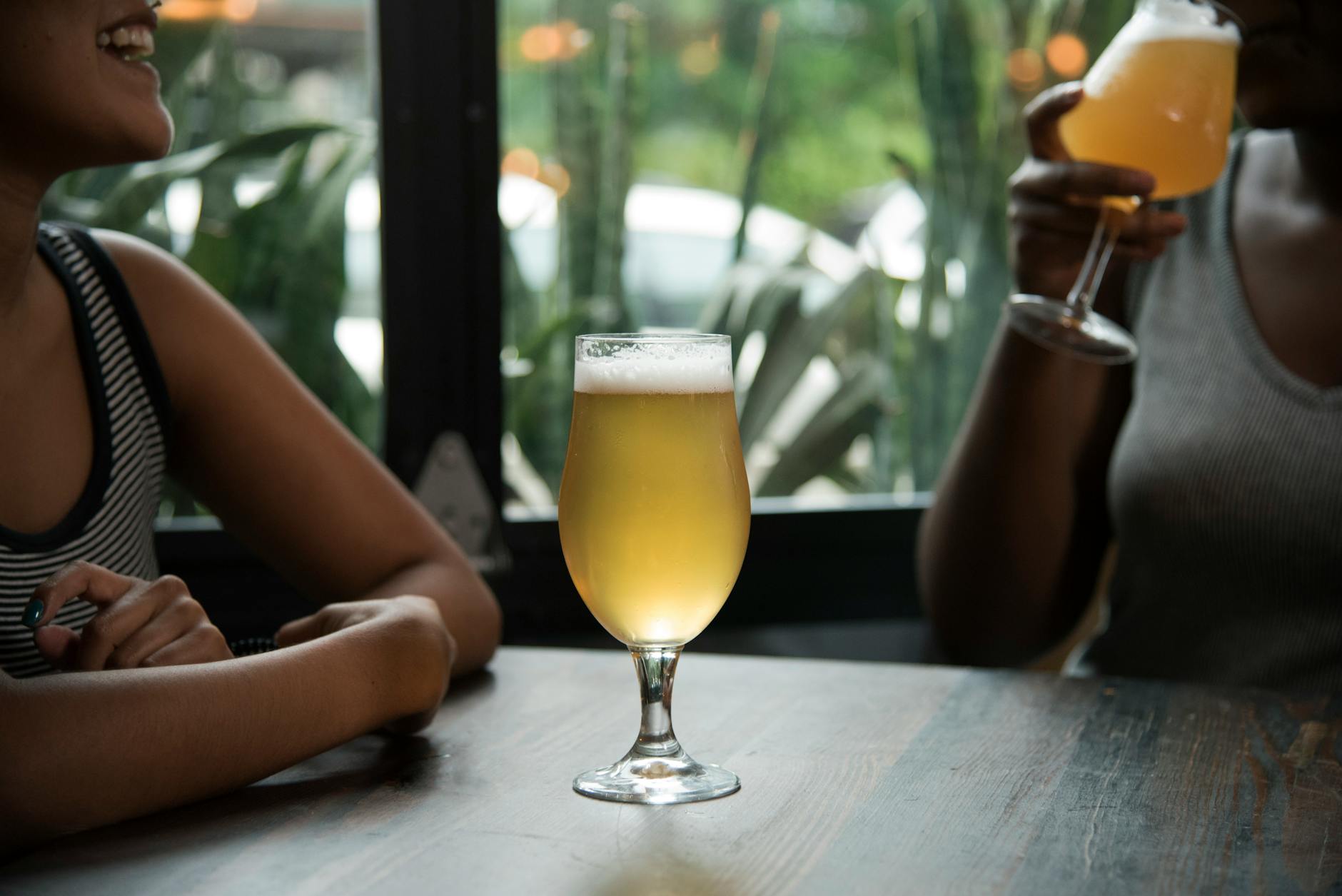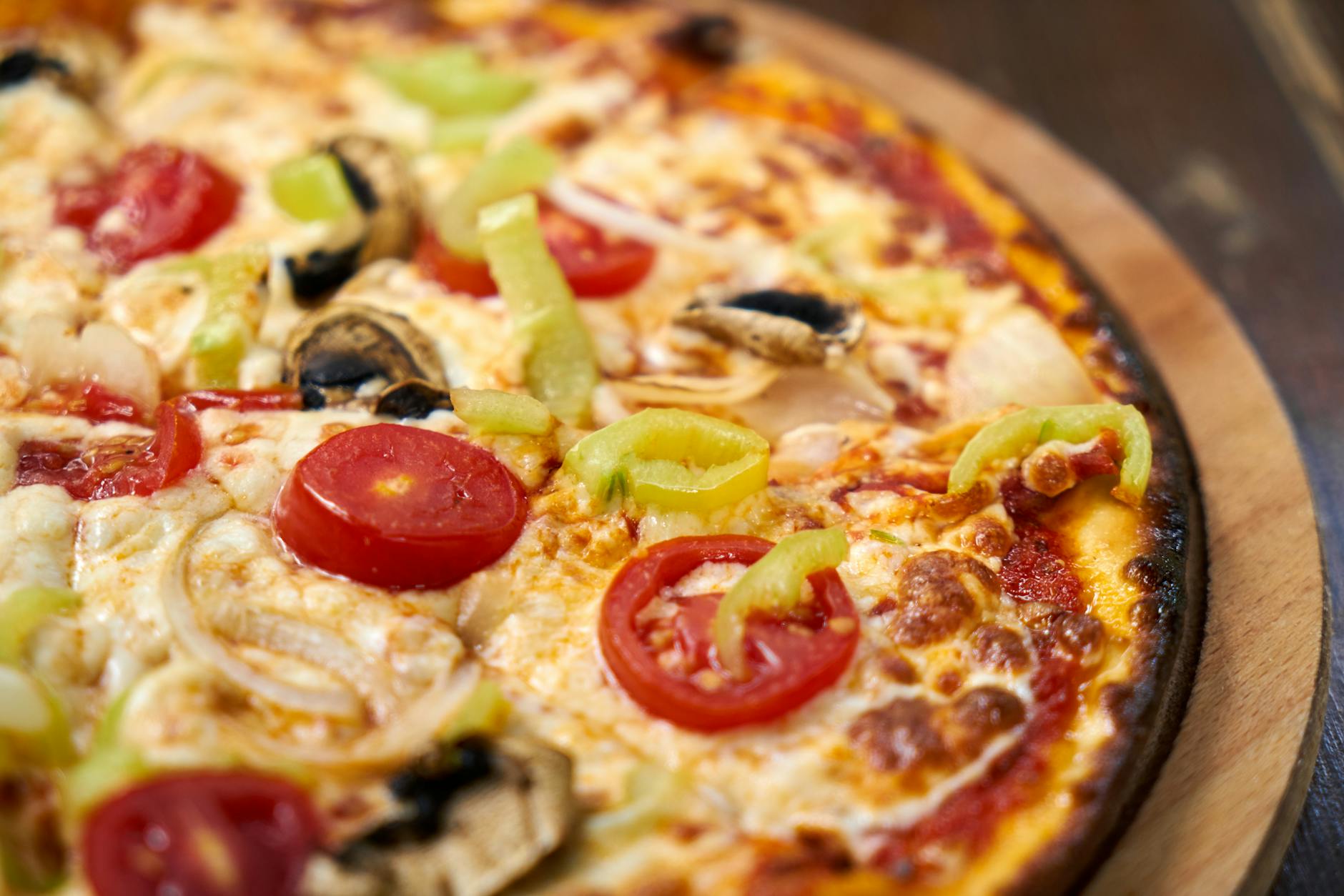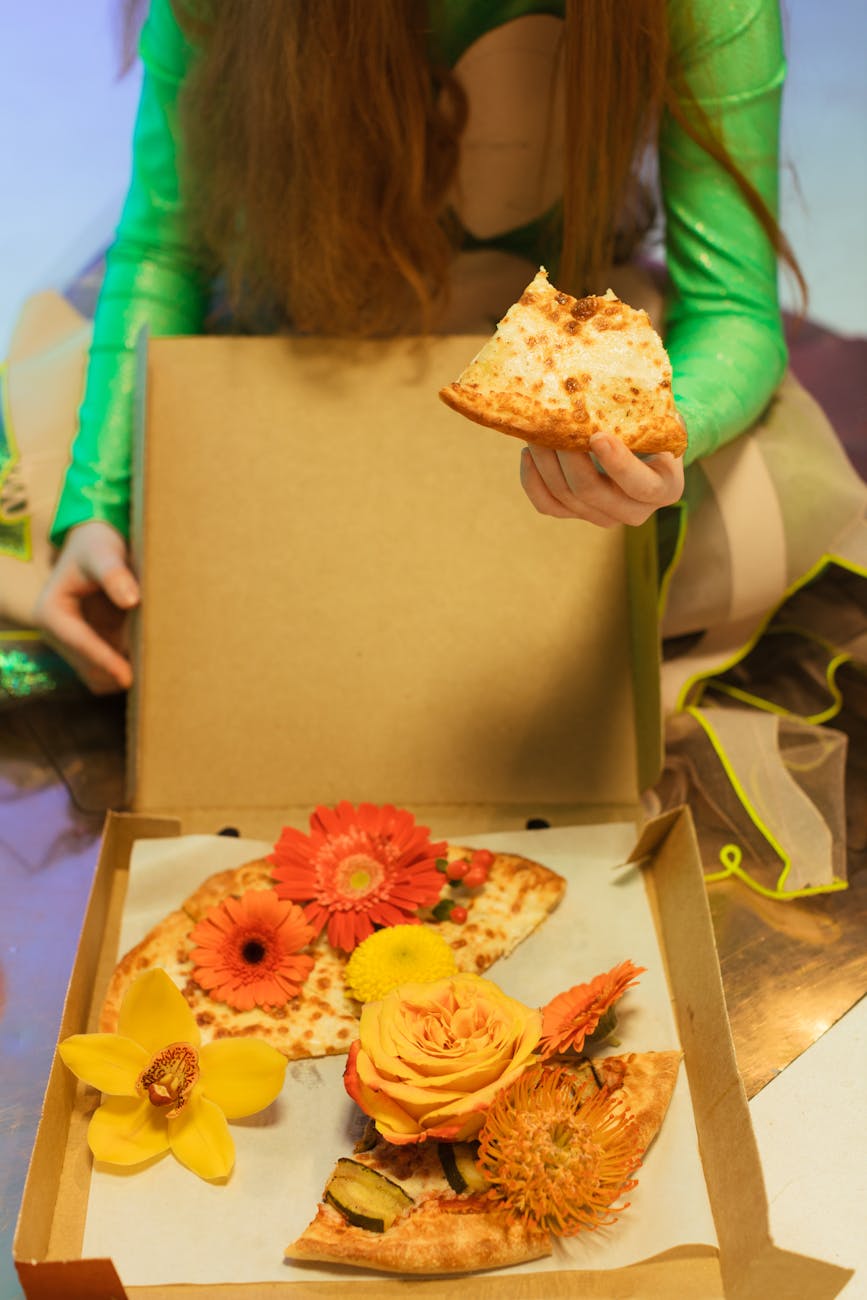The Ordinary Brews Up a Collaboration: More Than Just Skincare in a Cup
Beauty Giant and Beverage Innovator Merge for a Sensory Experience
In a move that blurs the lines between the cosmetic counter and the coffee shop, The Ordinary, a titan in the accessible skincare market, has joined forces with Milky’s, a celebrated beverage purveyor. This collaboration, centered around the launch of The Ordinary’s innovative Saccharomyces 30% Milky Toner, offers consumers more than just a new product; it presents a unique, multi-sensory experience designed to engage both skin and palate. The partnership highlights a growing trend in brand collaborations, where seemingly disparate industries converge to create novel marketing opportunities and consumer engagement strategies.
The collaboration’s centerpiece, the Saccharomyces 30% Milky Toner, signifies The Ordinary’s commitment to pushing the boundaries of skincare formulation. By incorporating the nourishing properties of fermented ingredients, the brand aims to deliver a product that not only revitalizes the skin but also aligns with a broader appreciation for quality ingredients and sensorial experiences. The partnership with Milky’s, known for its commitment to delicious and often innovative beverages, creates a natural synergy, suggesting that the appreciation for well-crafted products can extend beyond a single category.
This initiative is particularly noteworthy in its approach to product launches. Instead of a traditional retail rollout, The Ordinary and Milky’s opted for a more experiential strategy. By offering complimentary milky drinks or milk alternative beverages for a limited time to patrons engaging with the new toner, they are directly linking the consumption of a beverage with the application of a skincare product. This integrated approach aims to create a memorable brand interaction, fostering a deeper connection between the consumer and the product, and by extension, the brands themselves.
The trend of cross-industry collaborations is not new, but the specific execution by The Ordinary and Milky’s taps into a contemporary desire for holistic brand experiences. It suggests a move away from purely functional product marketing towards creating lifestyle narratives that resonate with consumers on multiple levels. This article will delve into the specifics of this collaboration, exploring its context, analyzing its potential impact, and considering its implications for future brand partnerships.
Context & Background
The Ordinary has carved out a significant niche in the beauty industry by offering science-backed skincare formulations at accessible price points. Founded by Brandon Truaxe, the brand is renowned for its transparent approach to ingredient lists and its commitment to educating consumers about skincare efficacy. This philosophy has resonated deeply with a generation of consumers who are increasingly discerning about the products they use and are actively seeking out brands that prioritize transparency and value. The brand’s minimalist packaging and direct naming conventions further underscore its focus on the efficacy of its formulations. The Ordinary’s success can be attributed to its ability to democratize effective skincare, making potent ingredients and advanced formulations available to a wider audience than ever before.
Milky’s, on the other hand, has established itself as a prominent player in the beverage sector, particularly within the trendy cafe scene. The brand is recognized for its innovative approach to classic beverages, often incorporating unique flavor profiles and high-quality ingredients. Milky’s has built a strong following by creating an inviting atmosphere and a menu that caters to diverse preferences, including a significant emphasis on milk alternatives. Their commitment to quality and their appeal to a modern, health-conscious, and experience-seeking demographic make them a complementary partner for a brand like The Ordinary, which also caters to a similar consumer base.
The Saccharomyces 30% Milky Toner itself represents The Ordinary’s continued exploration of advanced skincare ingredients. Saccharomyces ferment filtrate, a key component, is a byproduct of fermentation and is rich in amino acids, peptides, and B vitamins, known for their moisturizing, antioxidant, and skin-conditioning properties. The “30%” likely refers to a concentration of active ingredients or a blend that emphasizes these fermentative benefits. The “Milky” descriptor evokes a sense of creaminess and nourishment, aligning with the sensorial experience the brand aims to provide. This product launch can be seen as an evolution of The Ordinary’s strategy to introduce innovative formulations that address specific skin concerns while maintaining their core brand values.
The decision to collaborate with Milky’s for the launch of this specific toner is a strategic one. The beverage’s milky texture and the association with nourishment directly parallel the skin benefits attributed to the toner. This creates a tangible and relatable connection for consumers, bridging the gap between a scientific skincare product and an everyday indulgence. The promotional aspect of offering complimentary drinks further solidifies this experiential link, encouraging consumers to engage with both products in a unified brand narrative. This approach aims to create a buzz and generate a deeper, more memorable impression than a standard product announcement.
This partnership is indicative of a broader marketing trend where brands are seeking to create immersive experiences for their consumers. By stepping outside the traditional retail environment and integrating with lifestyle-oriented businesses, The Ordinary and Milky’s are tapping into consumer desires for authentic connections and engaging brand stories. The success of such collaborations hinges on the perceived synergy between the brands and the ability to offer a genuinely unique and enjoyable experience that aligns with the values of their target audiences.
In-Depth Analysis
The collaboration between The Ordinary and Milky’s for the launch of the Saccharomyces 30% Milky Toner is a sophisticated marketing strategy that leverages multiple contemporary consumer trends. At its core, the initiative is an experiential marketing campaign, designed to create a memorable and shareable brand interaction. By offering complimentary beverages, The Ordinary is not just launching a product; it is curating an event. This approach moves beyond the transactional nature of retail and aims to build an emotional connection with consumers.
One of the key strengths of this collaboration lies in its thematic resonance. The “milky” aspect of the toner directly aligns with Milky’s brand identity. This is not a random pairing; it is a deliberate choice that creates a cohesive narrative. The sensorial experience of enjoying a creamy beverage can be subtly linked to the perceived texture and benefits of the toner, such as nourishment and hydration. This cross-modal association enhances brand recall and allows consumers to integrate the product into a broader context of self-care and indulgence.
The timing of this collaboration also speaks to the evolving landscape of product launches. In an increasingly saturated market, brands are looking for innovative ways to stand out. A traditional advertising campaign might struggle to cut through the noise. However, an experiential event that offers tangible value (a free drink) and creates opportunities for social media sharing (customers posting about their dual skincare/beverage experience) can generate organic reach and authentic buzz. This approach taps into the power of word-of-mouth marketing and influencer culture, albeit in a more organic, integrated fashion.
The choice of Milky’s as a partner is particularly astute. The brand appeals to a demographic that is not only interested in quality beverages but also often aligns with the values of the clean beauty movement – ingredient transparency, ethical sourcing, and a focus on wellness. This shared demographic overlap ensures that the target audience for The Ordinary is likely to be receptive to Milky’s offerings, and vice versa. It allows both brands to tap into each other’s established customer bases while reinforcing their respective brand images within a shared lifestyle context.
Furthermore, the focus on milk alternatives within Milky’s offerings is also noteworthy. This caters to a growing consumer segment that prioritizes dietary flexibility and environmental consciousness. By implicitly acknowledging and catering to this preference, The Ordinary, through its partner, signals an awareness of broader societal trends and a commitment to inclusivity within its brand experience. This inclusivity can foster goodwill and broaden the appeal of the collaboration beyond a narrow segment of the market.
The integration of a tangible product launch with an experiential element also serves to demystify advanced skincare. For some consumers, scientific skincare formulations can seem intimidating. By presenting the toner within the relaxed and familiar environment of a cafe, alongside a popular beverage, the brand makes the product more approachable. The act of enjoying a drink while learning about or trying out the toner creates a positive association, potentially lowering the barrier to entry for consumers who might be new to The Ordinary or to this particular type of product.
However, the success of such a campaign is highly dependent on execution. The quality of the beverages must be impeccable, and the presentation of the toner within the cafe setting needs to be seamless and informative, rather than intrusive. The limited-time nature of the offer also creates a sense of urgency, encouraging prompt engagement. The overall impression needs to be one of curated excellence, where both the beverage and the skincare product are presented with the same level of quality and care.
In essence, this collaboration is a multifaceted play. It’s about product innovation, brand building, experiential marketing, and leveraging cultural trends. It’s a demonstration of how brands can collaborate to create shared value and offer consumers more than just products, but integrated lifestyle experiences. The ability to execute such a campaign effectively, from the initial concept to the on-the-ground experience, will be critical to its overall success and its lasting impact on both brands involved.
Pros and Cons
Pros:
- Enhanced Brand Visibility and Buzz: The collaboration brings The Ordinary’s new toner to a wider audience by associating it with a popular beverage brand, generating significant social media buzz and media attention.
- Experiential Marketing Advantage: Offering complimentary drinks creates a unique, hands-on experience for consumers, making the product launch more memorable and engaging than traditional advertising.
- Thematic Synergy: The “milky” aspect of the toner aligns perfectly with Milky’s brand identity, creating a natural and appealing connection that reinforces the product’s perceived benefits.
- Target Audience Overlap: Both brands likely appeal to a similar demographic interested in quality, modern lifestyle products, allowing for effective cross-promotion.
- Demystifies Skincare: Presenting the toner in a relaxed, everyday setting like a cafe can make advanced skincare more accessible and less intimidating for new consumers.
- Positive Brand Association: Linking a skincare product with a pleasant beverage experience can foster positive emotional associations with the brand and product.
- Content Generation: The unique nature of the collaboration provides ample opportunities for user-generated content and influencer marketing, amplifying reach organically.
- Innovation in Product Launch: It showcases a forward-thinking approach to marketing, differentiating The Ordinary from competitors who rely on more conventional launch strategies.
- Caters to Diverse Preferences: The inclusion of milk alternatives by Milky’s demonstrates an awareness of and inclusivity towards various consumer choices.
Cons:
- Limited Reach: The experiential nature of the launch, tied to physical locations and a limited time frame, may limit the reach to consumers who cannot physically participate.
- Execution Dependency: The success of the collaboration is heavily reliant on the flawless execution of both the beverage service and the product presentation. Any slip-ups can detract from the overall experience.
- Potential for Dilution: If not managed carefully, the association with another brand, even a complementary one, could potentially dilute The Ordinary’s core identity or its scientific positioning.
- Logistical Challenges: Managing inventory, staffing, and customer flow for a promotional event in a retail environment can present significant logistical hurdles.
- Perception of Gimmickry: Some consumers might view the collaboration as a superficial marketing stunt rather than a genuine integration of brand values, potentially leading to skepticism.
- Cost of Implementation: Offering complimentary beverages incurs direct costs, which need to be weighed against the potential return on investment in terms of sales and brand building.
- Measurement of ROI: Quantifying the direct return on investment for an experiential marketing campaign can be more challenging compared to direct sales-driven initiatives.
- Dependency on Partner’s Reputation: The Ordinary’s brand perception could be indirectly affected if Milky’s experiences any negative publicity or operational issues during the collaboration period.
Key Takeaways
- The Ordinary and Milky’s have partnered for the launch of The Ordinary’s Saccharomyces 30% Milky Toner, creating an experiential marketing campaign.
- The collaboration focuses on offering consumers complimentary milky or milk alternative drinks to coincide with the toner’s launch, linking skincare with a sensory beverage experience.
- This initiative leverages the growing trend of cross-industry collaborations to generate brand buzz and consumer engagement.
- The “milky” theme provides a natural and effective synergy between The Ordinary’s product and Milky’s beverage offerings.
- The campaign aims to make advanced skincare more accessible and appealing by presenting it in a familiar, relaxed environment.
- Key benefits include enhanced brand visibility, positive brand association, and potential for strong social media sharing and user-generated content.
- Potential drawbacks include limited reach due to the experiential nature, dependency on flawless execution, and the risk of being perceived as a gimmick if not managed well.
- This collaboration reflects a broader shift in marketing towards creating integrated lifestyle experiences rather than just promoting individual products.
Future Outlook
The success of the Milky Coffee Collabs partnership between The Ordinary and Milky’s could pave the way for more innovative collaborations between skincare brands and the beverage industry, and perhaps even other lifestyle sectors. As consumer preferences continue to evolve towards holistic wellness and experiential consumption, brands that can effectively bridge different aspects of a consumer’s lifestyle are likely to gain a competitive edge. This approach allows brands to tap into new customer bases and reinforce their relevance in a dynamic market.
For The Ordinary, this collaboration could serve as a blueprint for future product launches, especially for products with sensorial qualities or ingredients that can be thematically linked to other consumable or lifestyle products. The brand might explore further partnerships that focus on creating immersive brand experiences rather than solely on product sales. This could involve collaborations with wellness studios, artisanal food providers, or even travel companies, depending on the product and its intended narrative.
For Milky’s, the partnership offers an opportunity to enhance its brand image as an innovator and a tastemaker, attracting a demographic that values quality and unique experiences. It can also serve as a model for how they can leverage their brand equity to collaborate with other non-beverage entities, potentially diversifying their own brand collaborations and reaching new consumer segments.
The trend of experiential marketing is unlikely to wane. As digital fatigue sets in, consumers often seek out tangible, memorable interactions with brands. Collaborations like this one, which offer a blend of product innovation and engaging experiences, are well-positioned to capitalize on this desire. The challenge for brands will be to ensure that these collaborations feel authentic and add genuine value to the consumer, rather than appearing as mere marketing ploys.
Furthermore, the focus on ingredient science within The Ordinary’s ethos, combined with the sensory appeal of beverages, highlights a potential future where the “why” behind a product is as important as the “what.” Brands that can clearly articulate the scientific efficacy of their products while also crafting compelling sensory experiences are likely to resonate most strongly with modern consumers.
Looking ahead, we might see more brands adopting a “lifestyle integration” strategy. This means thinking about how their products fit into the broader lives of their consumers, and seeking partnerships that reinforce these lifestyle narratives. The Ordinary and Milky’s have demonstrated one way to achieve this, by blending the act of self-care with everyday indulgence, creating a compelling and memorable brand moment.
Call to Action
Experience the synergy of skincare and sensory delight. Discover The Ordinary’s Saccharomyces 30% Milky Toner and explore the innovative spirit behind this unique collaboration. For those who attended the launch events, share your experiences and thoughts on the integration of beauty and beverage using #[YourChosenHashtagHere] on social media.
To learn more about The Ordinary’s commitment to effective and accessible skincare, visit their official website at The Ordinary Official.
To explore Milky’s innovative beverage offerings and their unique brand experience, visit Milky’s Official Website.
Stay tuned for future collaborations and product innovations that continue to redefine consumer experiences across industries.









